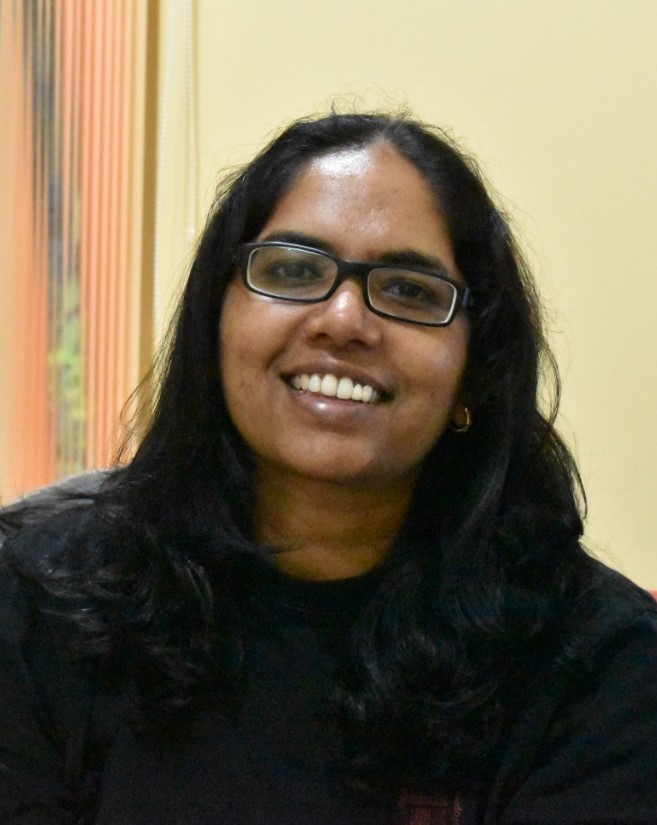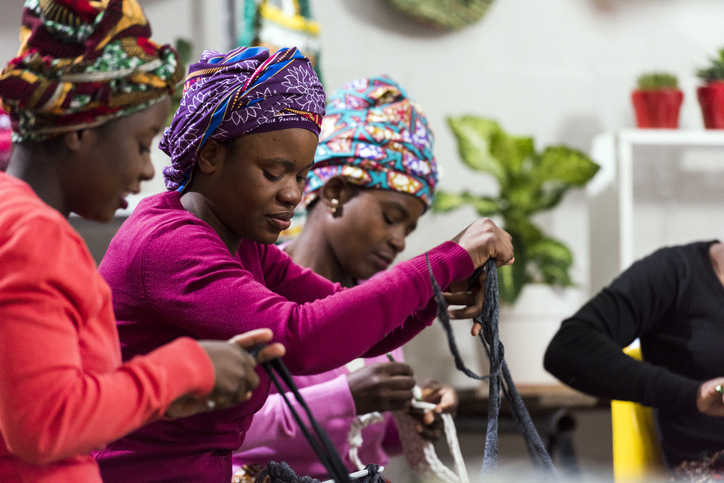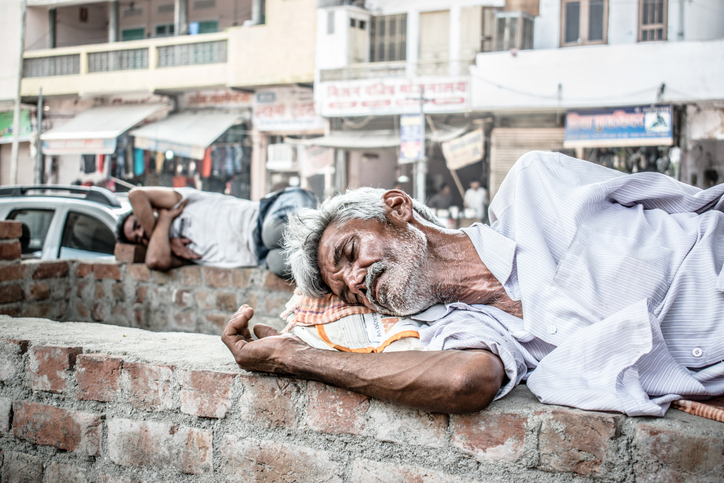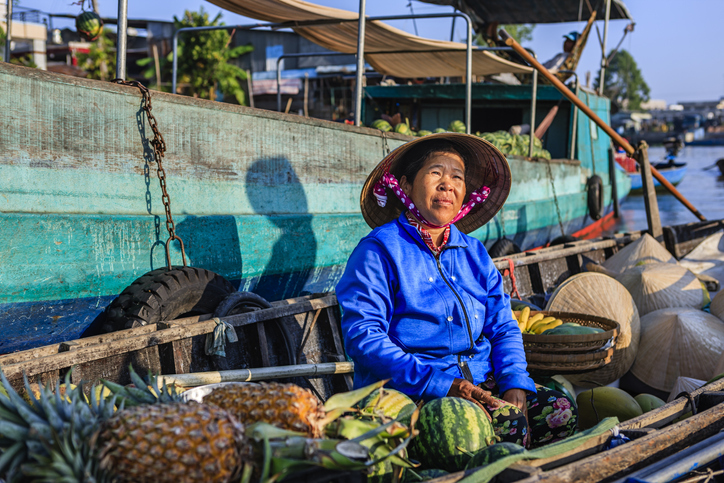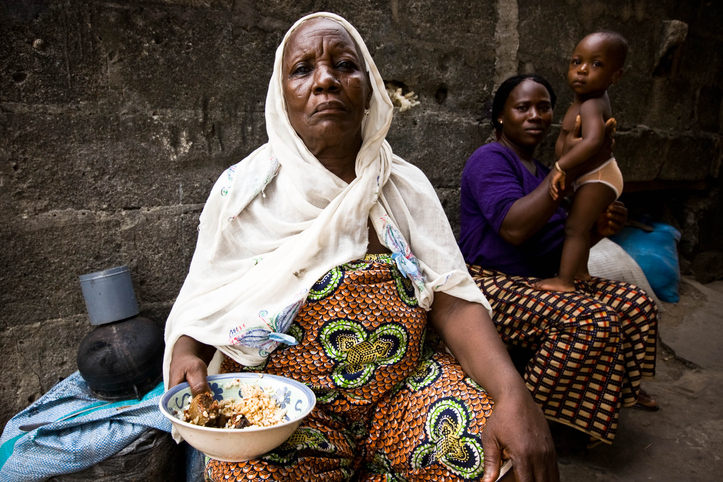India has long struggled to make its rural kitchens smokeless – but with limited success. This column sheds light on the importance of linking women’s empowerment and clean fuel choices at the policy level to make an effective transition to smokeless kitchens. Education and awareness, financial independence, and women’s autonomy around household spending are some of the issues that are crucial for consistent use of clean cooking technologies.
Clean cooking technologies can play a significant role in improving the lives of India’s poor, particularly women. Indoor air pollution, primarily caused by cooking with solid fuels, was responsible for more than 600,000 deaths in the country in 2019. The burden of cooking, collecting firewood and biomass, and other domestic labor mainly falls on women. India’s first nationally representative Time Use Survey in 2019 confirmed that women do an average of five hours of unpaid domestic labor every day (three times as much as men).
Over the past decade, India has made significant progress in providing access to clean cooking technologies, notably cooking stoves that use liquefied petroleum gas (LPG). The flagship Pradhan Mantri Ujwal Yojana (PMUY) program, launched in 2017, has provided around 90 million subsidized LPG connections (an LPG stove and a starter LPG cylinder) to poor households, and it had helped to achieve nearly universal LPG access by 2020.
The Government of India’s policies have focused on providing the necessary institutional and physical infrastructure to promote clean cooking. But is this enough?
A survey by the Council on Energy, Environment and Water (CEEW) in 2020 found that 28% of rural India exclusively uses LPG, and 52% combine or ‘stack’ it with fuels like firewood, charcoal, and other biomass to various degrees. The 2021 National Family and Health Survey (NFHS) shows that only 45% of rural India mainly use clean cooking technologies.
Clean cooking technologies have a direct bearing on the time, health, and labor borne by women, and they only affect the rest of the household by extension. Cost, availability, and affordability are the most important drivers of the use of these technologies. Adoption and consistent use of clean cooking technologies primarily rests on, and is driven by women and their agency.
Here, we argue that policies designed to promote use of clean fuel will be more effective if they also take account of key factors that empower women. Neglecting this sufficient condition has resulted in only partial or short-term success of India’s clean fuel policies. Education and awareness, financial independence, and women’s autonomy around household spending are some of the issues that are crucial for consistent use of clean cooking technologies.
What have women got to do with cooking (fuel)!?
Rural India continues to depend on solid fuels due to two interconnected factors that have women at the center: the high refilling costs of clean fue, and ‘freely’ available solid fuels such as firewood and cow dung. In India’s patriarchal society, most decisions of a monetary nature are a man’s prerogative. The CEEW survey found that 63% of rural woman do not take part in household decision-making about whether and when to refill an LPG cylinder.
First, refilling LPG cylinders is a costly affair for many rural households. The price of an LPG cylinder increased from about 581 to 1,000 rupees between May 2020 and May 2022. That is often 12–14% of total monthly household expenditure of poor households, and this is reflected in its usage.
In addition, in May 2020, early in the Covid-19 pandemic and recession, the Indian government withdrew all LPG subsidies, although it paid for three free LPG cylinders for PMUY households in 2020. A recent Right to Information request revealed that nine million poor PMUY households never returned for a refill after the LPG connection was received. Another ten million bought exactly one refill in 2020 (whereas between seven and nine cylinders are needed annually if LPG is used exclusively ).
Second, as clean cooking becomes more costly, in the absence of women’s bargaining power, their wellbeing is sacrificed for other household necessities. Households often either cut down on or totally abandon LPG, and increasingly depend on solid fuels such as firewood and dung.
Rural women spend long hours in collecting, preparing, storing, and maintaining cooking fuel, not to mention the arduous task of cooking with them. This is made possible due to the free labor of women. The opportunity cost of their time – that is, its next best use – is low.
Households with women engaged in yearlong paid employment activities show a higher incidence of clean fuel usage than households where women don’t work. According to the 2014/15 NFHS, 44% of households with working women and 37% of households with non-working women used clean cooking fuel. Only 13% of rural women were engaged in yearlong paid employment activities.
These two interconnected factors – the decision to refill an LPG cylinder versus using solid fuels – depend on a woman’s status in the household economy and the bargaining power she holds over the family finances and her time.
Women who are financially independent, those who are able to make decisions about household purchases, and those who are engaged in employment activities increase the households’ chances of choosing clean cooking fuels.
At the same time, the effect of women’s agency on fuel choice is contingent on gender relations, such as how much husbands trust their wives to manage money, as well as cultural constraints dictating freedom of movement outside their homes to the village markets or beyond.
What needs to be done?
Sustained use of relatively expensive clean cooking technologies requires subsidies for poorer households. Graded subsidies, or targeted subsidies for below poverty line households (especially PMUY households), might be required for the initial years of use to encourage a behavioral shift towards increased LPG usage. The subsidy burden can be shared with India’s states and the health ministry.
Clean fuel policies must also be linked with other development programs that address women’s empowerment. Schemes to promote women’s health, girls’ education, and women’s employment could be ways to fund, promote, and educate people about clean cooking processes. Incentives for increased usage of clean cooking technologies could also be created by connecting it to health insurance policies and scholarships that target girl students.
At the same time, the state should create a system to insulate women’s choice of clean fuel from varying socio-cultural settings, gender relationships, and economic inequalities.
In the wake of high fuel costs or if households fall on hard times, women’s agency, and their choices to spend money on clean cooking fuel could meet with significant resistance. Allocating a lump sum amount for even subsidized LPG cylinders might be difficult in some cases.
A micro-payment scheme, accessed and managed by small groups of women (akin to self-help groups), for the clean cooking fuel program could be helpful. It would reduce the burden of high refilling costs, and help to build a social setting that promotes clean fuel.
Induction cooking stoves also become competitive when the LPG price is as high as 1,000 rupees a cylinder. Research shows that the usage of LPG and uptake of induction stoves increase when health and financial information is provided to households.
Improving women’s agency – their awareness of the benefits of clean cooking fuel and programs that facilitate their access, bargaining power, and ability to spend on clean fuel – is the key to smokeless kitchens.
